Historic Environment Scotland (HES) has announced plans to establish a new national centre dedicated to championing the retrofit of traditional buildings. This centre will play a crucial role in improving energy efficiency and contributing to the achievement of national net zero targets.
The announcement coincides with the publication of HES's survey results, which highlight strong public support for retrofitting traditional buildings as one of the top measures for achieving net-zero targets by 2045. The survey also found that 9 in 10 respondents indicated that increased financial support, such as green mortgages, would incentivise them to retrofit their homes.
HES has secured £1 million in funding from the UKRI Arts and Humanities Research Council to establish the new hub. This centre will prioritize heritage science and research in developing best practices for retrofitting traditional buildings. In addition to expanding HES's technical research capabilities, the centre will focus on providing essential training and fostering innovation in the use of low-carbon retrofit materials.
The Retrofit Lab will support the development of tailored solutions for the decarbonisation of the historic environment, a critical aspect of the transition to net zero. Traditional buildings require specific considerations regarding heat, moisture, and airflow, as well as careful attention to preserve their cultural significance during the adaptation process. The retrofit interventions commonly used in modern buildings are often unsuitable for these historic structures.
Dr David Mitchell, Director of Cultural Assets at HES, said: "We’re very pleased to welcome this funding, which will mark a step-change in our work to help improve the energy efficiency of traditional buildings. This infrastructure investment by AHRC recognises the role that the Engine Shed - our national building conservation centre - plays in supporting the stewardship of traditional buildings through heritage science and traditional skills.
"There is no route to net zero without viewing existing buildings as assets and ensuring we have a sound base on which to make retrofit work for both the buildings and the occupants. Without this understanding and expertise we could negatively impact the health of both buildings and occupants. The Retrofit lab will help us meet our objectives by enabling us to expand and enhance our research and training capacity. Collaboration will be key to our approach, from academic and commercial partners to local authorities and third sector organisations, as we work together to build best practice and develop the technical skills traditional building retrofit requires.
"Retrofit of our traditional buildings can bring many wider benefits if done properly to protect the special character of these buildings that give local places their unique identities. There are also huge potential economic benefits and new employment opportunities to be realised through ensuring our existing building stock is in a good state of repair and that retrofit measures are technically sound and effective. We have over 4000 years of traditional building experience in Scotland - our heritage and traditions are integral to our future success.
"The scale of the challenge ahead to meet national targets at the pace required will require an acceleration of efforts across all sectors, and the Retrofit lab will enable HES play its part to support retrofit and the historic environment’s transition to net zero while making a real and lasting positive difference to people’s lives."
The announcement of the new national centre for traditional building retrofit comes as a recent survey by HES revealed strong support for retrofitting traditional buildings. The survey revealed:
• Respondents prioritised energy-efficient buildings, renewable energy and recycling for achieving net-zero goals, with 38% ranking retrofit, 38% ranking recycling and 44% ranking renewable energy as the most vital measures.
• Over three quarters (77%) of respondents are aware of the Scottish Government’s proposals to set minimum energy efficiency standards for privately rented homes by 2028, and for all homes by the end of 2033.
• Environmental benefits, increased efficiency and property value motivate retrofitting, with 37% citing environmental benefits and 34% citing an increase to their property value as reasons they would consider retrofitting their home or property.
• Despite the widespread recognition of the need and value of retrofit, the survey also found that 7 in 10 (70%) of Scottish respondents would be put off purchasing a traditional property because of the perceived barriers to retrofitting.
• Capital cost, access to funding and planning regulations are the main perceived barriers, with 29% citing capital cost, 24% citing access to funding and 23% citing planning permission/compliance with regulations.
• Green home grants and low-interest loans are seen as effective incentives to retrofitting, with 34% supporting grants and 29% supporting loans.
• Almost 9 in 10 (86%) respondents said they would consider a green mortgage, which offers specific incentives for retrofitting such as lower interest loans tied to energy savings.
Commenting on the survey results, Dr Mitchell said: "The results of this survey show that while there is some concern regarding the perceived barriers to retrofitting traditional properties, people care about increasing the energy efficiency of these buildings and understand the importance of doing so in order to meet national net zero targets. People want to live in traditional properties and are becoming increasingly informed about using the correct skills and materials. We want owners to see past the ‘snake oil’ instant solutions appearing on the market and understand the benefits of traditional solutions combined with good science."
Construction News
01/10/2024
HES To Establish National Centre For Traditional Building Retrofit
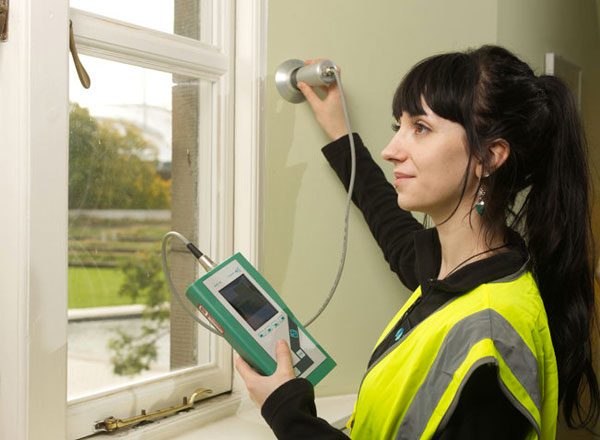

30/06/2025
The full design for the ambitious George Street and First New Town project in Edinburgh has received approval from the City of Edinburgh Council's Transport and Environment Committee. This significant milestone marks the completion of the Royal Institute of British Architects (RIBA) Stage 4 Technica
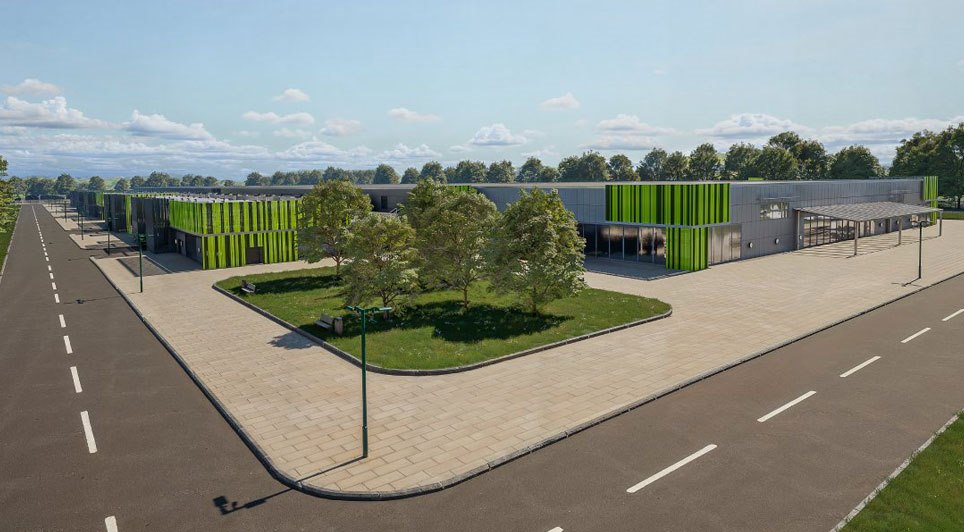
30/06/2025
What was once Europe's largest hot strip steel mill, Ravenscraig, is now poised for a transformative new chapter with plans unveiled to develop one of the UK's largest green AI data centres on the site.
This ambitious proposal, put forward by Edinburgh and York-based renewable energy developer Apa
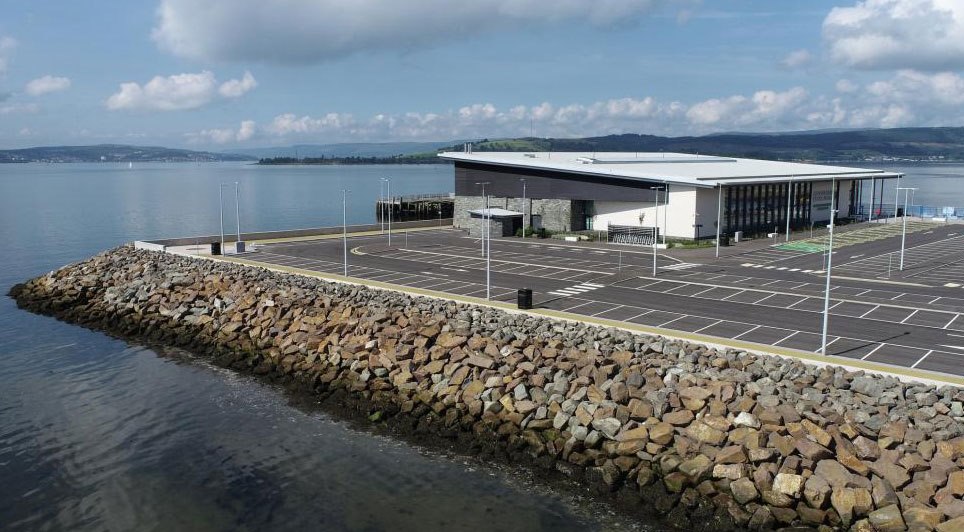
30/06/2025
Argyll and Bute Council has announced the appointment of specialist roof contractors to undertake the extensive reconstruction of Helensburgh Leisure Centre's roof. This significant step follows a detailed assessment by the council and its insurers of the severe damage inflicted by Storm Eowyn, alon
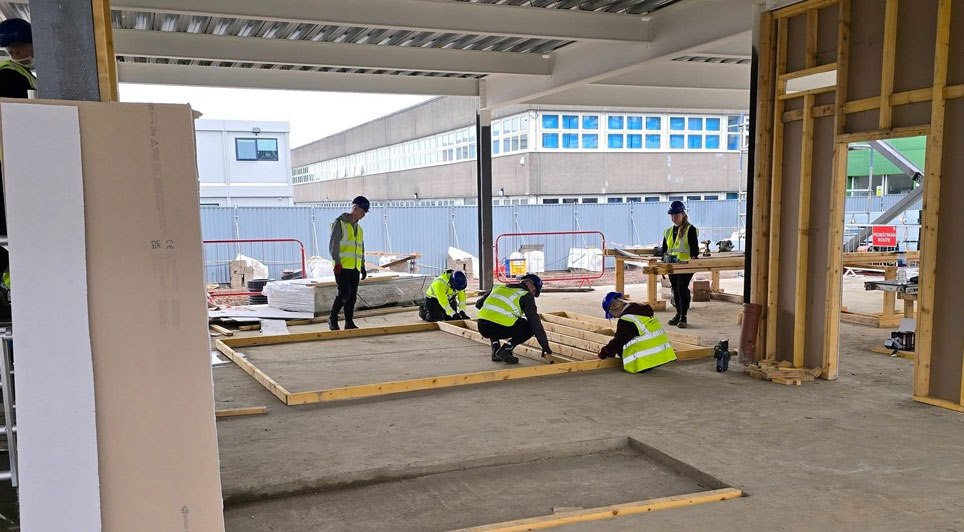
30/06/2025
The ongoing construction of a replacement wing at St Kentigern's Academy in Blackburn is serving as a unique learning opportunity, allowing students to gain valuable insights into the construction industry.
The major project, which involves rebuilding a significant proportion of the school due to
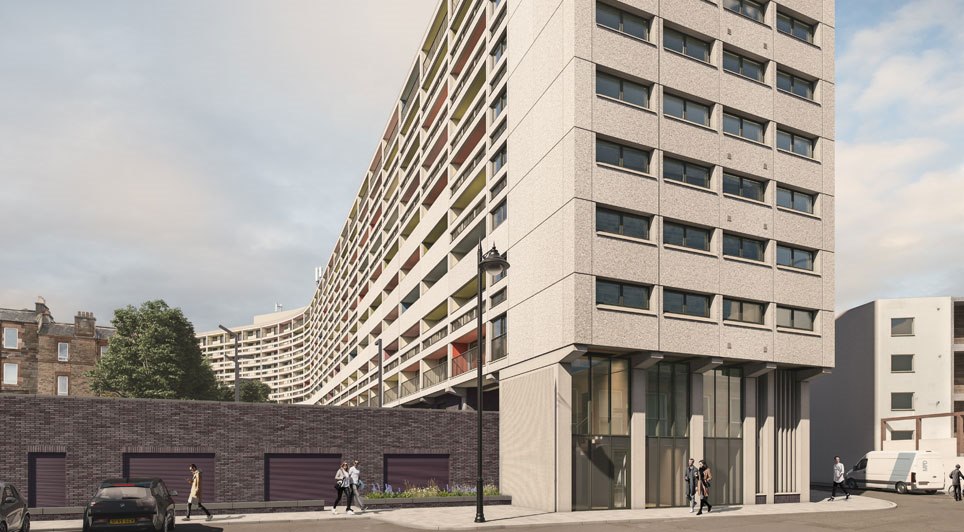
30/06/2025
A significant £69 million retrofit project for two of Edinburgh's most iconic residential towers, Cables Wynd House and Linksview House, has taken a major step forward this month with the submission of a planning application by Collective Architecture.
The City of Edinburgh Council's ambitious pla

30/06/2025
SSEN Transmission has formally submitted its marine cable licence application for the Spittal to Peterhead High Voltage Direct Current (HVDC) link, a pivotal component of the company's £20 billion "Pathway to 2030" investment programme in the north of Scotland. This submission follows two years of i
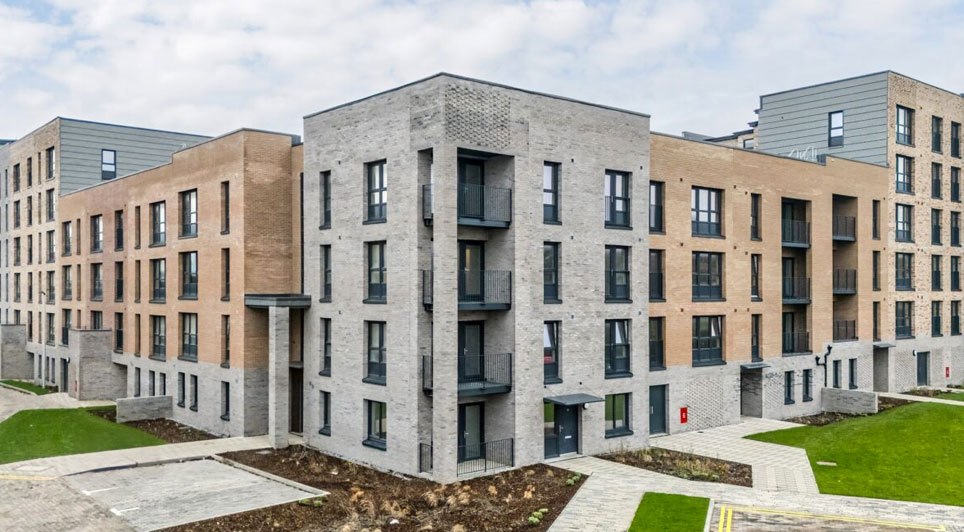
30/06/2025
The City of Edinburgh Council and CCG (Scotland) have received the prestigious 2025 Unlock Net Zero ‘Collaboration of the Year – Partnership' award, recognising their exemplary approach to delivering net zero homes.
The award celebrates their work on Western Villages, Scotland's largest 'net zero
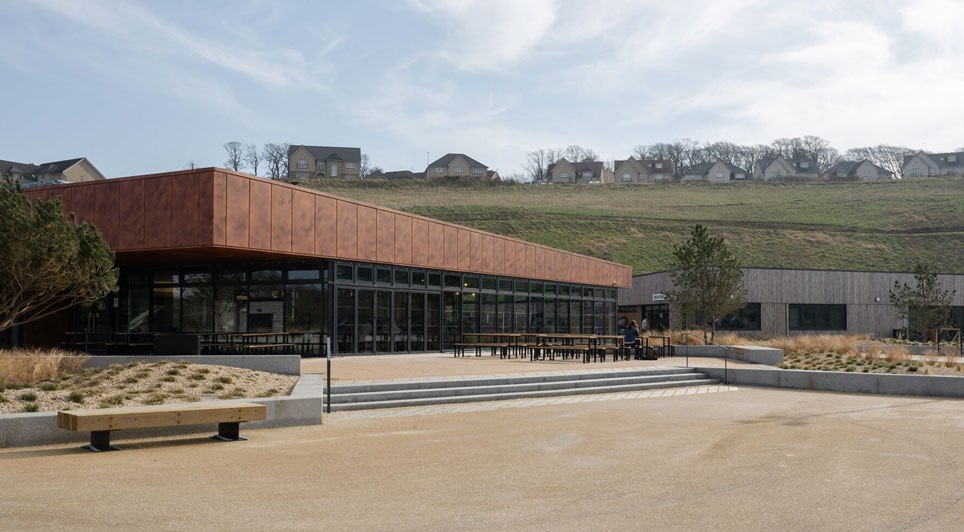
30/06/2025
Lost Shore Surf Resort, Scotland's premier inland surf destination, has scooped a prestigious GOLD Design Innovation Award at the recent Scottish Design Awards.
The accolade recognises the resort's exceptional design, with mechanical and electrical (M&E) services provider Arc-Tech (Scotland) playi

30/06/2025
Clark Contracts has officially completed the £2 million refurbishment of Edinburgh's beloved Filmhouse cinema, which reopened its doors to the public on Friday, 27 June 2025. The completion marks a significant moment for the cultural landmark, which had been closed for nearly three years following t
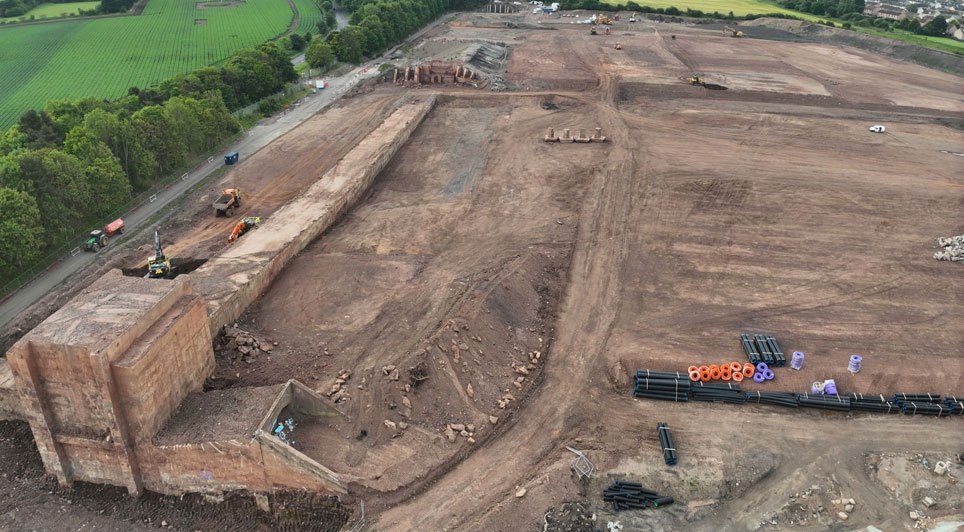
30/06/2025
Demolition work on the concrete structures at the former coal store site in Cockenzie is set to commence today, Monday, 30 June 2025.
This phase, part of the wider Cockenzie enabling works, is anticipated to last for 20 weeks. While some noise is inevitable, strict time limits and mitigation measu
 Scotland
Scotland UK
UK Ireland
Ireland London
London











